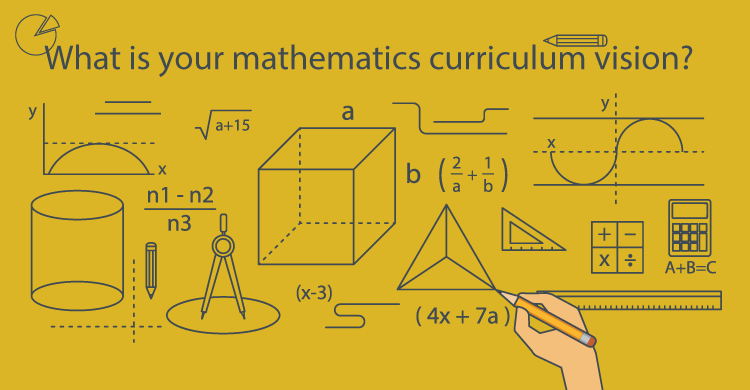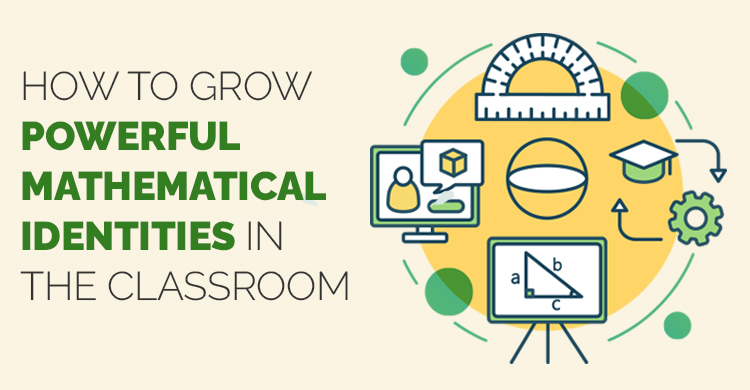What is curriculum? Ask that question to ten teachers or leaders and you will most likely receive ten different responses. Some might state the curriculum refers to the lessons and academic content taught in the grade level or course. Others might refer to a textbook as the curriculum. Then some might state that curriculum is the set of standards supported by the essential learning outcomes that defines what we want students to know and be able to do by the end of the year. The bigger question as a mathematics leader is, “How do we ensure all students have access to a meaningful and coherent mathematics curriculum?” In other words, how does coherence fit into the definition of mathematics curriculum?
A few years ago, I was working with a principal who was concerned that one of our support classes, Algebra lab, did not have curriculum. I quickly assured him that there was a curriculum. However, his prompt response was that since the teachers did not have a textbook, there was no curriculum for the course. This was one of the many “ah-ha” moments as a district mathematics leader as I suddenly realized that not everyone had the same definition of curriculum.
The district mathematics leadership team had created Algebra lab as an intervention class to create supports for students identified as struggling learners. The content standards for the support class were aligned to the essential learning standards for Algebra I. At the time, our district had a shared website with lessons, tasks, and resources tied to the standards. We had also created structures for the Algebra lab teachers to collaborate. They met once a month district-wide to discuss current strengths and challenges of the course and student learning needs. The lab teachers were also expected to meet with the Algebra teachers during their weekly collaboration time to discuss strategies for aligning the intervention with the individual student needs. All of this stemmed from our desire to have a coherent Algebra 1 curriculum.
Some of the lab teachers taught both lab and Algebra I and it was easier to identify student needs and re-engage the students in the content. For teachers who only taught the lab class, they had to work directly with the Algebra I teachers to identify the most effective strategies to support the students. This was the district vision for how the Algebra lab support class would work and this was the vision for how the lab teachers utilized the curriculum (online resources) to support the learning needs of the students. The lab teachers needed to identify the learning gaps and craft meaningful learning experiences to close those gaps in mathematics understanding.
Based on the conversation I had with the principal, I realized that the vision for the curriculum, the use of the curriculum and the end results of the curriculum, were not fully understood by all stakeholders so they were not fully aligned. There was a gap between the intended and the enacted curriculum and the professional vision of curriculum implementation at different areas across the district. Specifically, how did the lab teachers work with the instructional resources to meet the needs of the diverse learners? Allan Schoenfeld (2009) stated:
“There are forms of professional vision relevant to every aspect of instructional materials design and its implementation — the design of meaningful and engaging activities, the creating of the tasks that focus on key mathematical ideas, the assessment of the ways activities play out in the classroom, and the assessment of student understanding.”
As a leader, having the professional vision was not enough. What we also needed was to ensure that all of the teachers and leaders understood the intent of the curriculum and cultivate the professional vision. Both teachers and leaders needed to understand the connection between task selection, task implementation, and expected learning outcomes.
The good news? Once the professional vision of the Algebra lab course was clearly articulated to the principal and we had provided the supportive conditions for the Algebra lab and Algebra teachers to work cohesively, the school was able to see immediate growth in Algebra I student achievement.
What is your professional vision for curriculum? How do you ensure that your teams understand the professional vision? In Activating the Vision, Bill Barnes and I tackle these challenges and offer practical strategies for ensuring that there is an alignment between the intended curriculum and enacted curriculum. With the use of shared leadership, continual job-embedded professional learning, and structures for collaboration, the gap between the professional vision and the expectations of student learning decrease.
References:
Schoenfeld, A. (2009) Bridging the cultures of educational research and design. Journal of the international society for design and development in education, 1(2) retrieved from educationaldesigner.org/ed/volume1/issue2/article5/ed_1_2_schoenfeld_09.pdf
[author_bio id=”295″]






